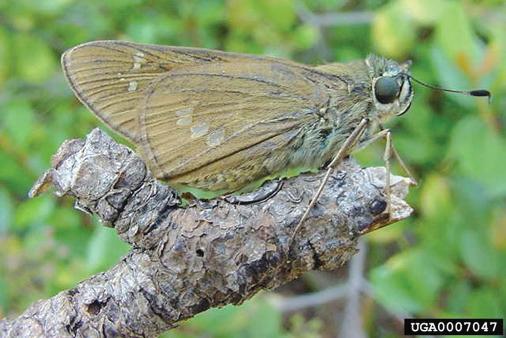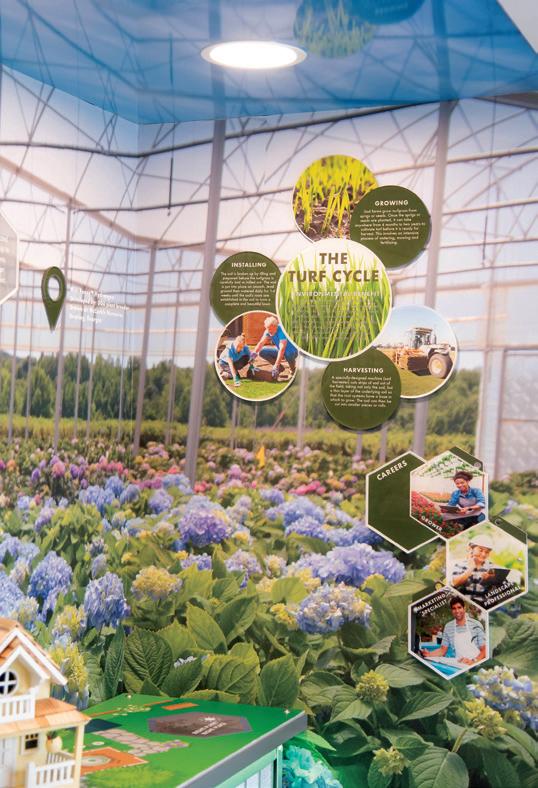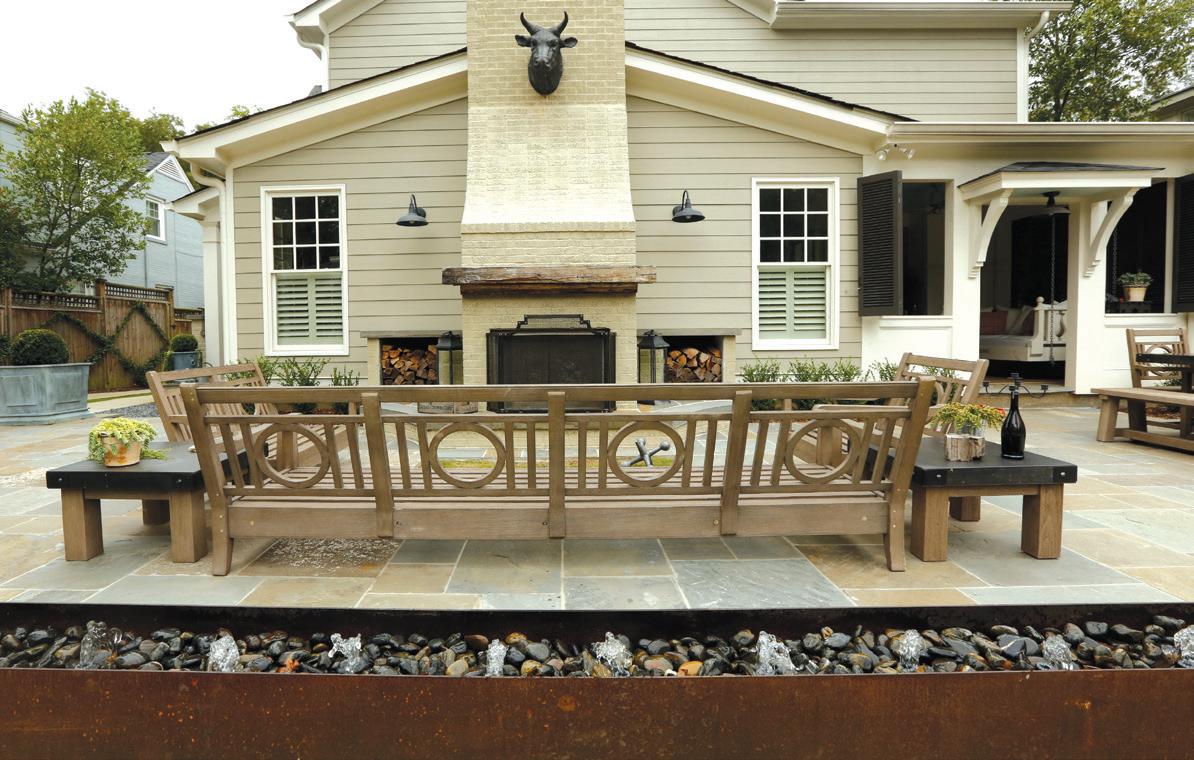URBAN AG
Preparing for good performance Getting soil ready for planting by Timothy Daly
Soil texture is the fineness or coarseness of the soil particles. It plays a vital role in the soil's ability to hold water and provide oxygen to the plant's roots.
> > >
The largest of the particles is sand and its presence leads to coarser-textured soils. Silt is somewhat smaller in size. Clay soil is the smallest of the soil particles, giving the soil a finer texture.
The texture classes are determined by the percentages of the three particle types, and the ideal soil has equal percentages of the three soil particles.
One of the most common reasons for poor plant performance is the soil condition. Soil condition is one of the most critical components of a plant's environment because that is where it obtains water, nutrients, and air.
UAC MAGAZINE | WINTER 2021
Often large sums of money are spent on
54
installing and maintaining plant material only to have some or all of the plants perform poorly. One of the most common reasons for poor plant performance is the soil condition. Soil condition is one of the most critical components of a plant's environment because that is where it obtains water, nutrients, and air. The ideal type of soil for a plant is fertile, deep, well-drained, and has a high organic matter. However, soils that have high fertility are not necessarily productive and vice-versa.
Roots grow where the conditions are favorable: where they have space amongst the soil particles, organic matter, and proper amounts of water and air for optimal growth. The roots that absorb the material are usually in the upper parts of the soil.
Macropores are large gaps between soil particles, usually filled with air. Micropores are small gaps, generally containing water. Sandy soils have more macropores and have fewer surface areas, allowing the water to drain away faster. Clay soils have more micropores, giving them a more significant amount of pore space. Due to their small size, the clay soil particles fit together tightly and have a greater surface area than larger sand particles. Thus, clay particles can hold more water and the small pore space retains it against gravitational forces. However, although clay particles hold water tightly, often the water is not available to the plants. Clay soils, being finely textured, are easily compacted. When soil particles are packed together closely, pore space and the movement of water and air are reduced. Compacted soils inhibit root growth, reduce the infiltration and the availability of water for the plant, and the limit movement of gases in the root zone. Throughout many parts of Georgia, clay soils present a real challenge to the installation and maintenance of plant material. Due to the poor drainage and soil compaction, many plants will have a hard time growing in these conditions, which could potentially lead to their demise.


















